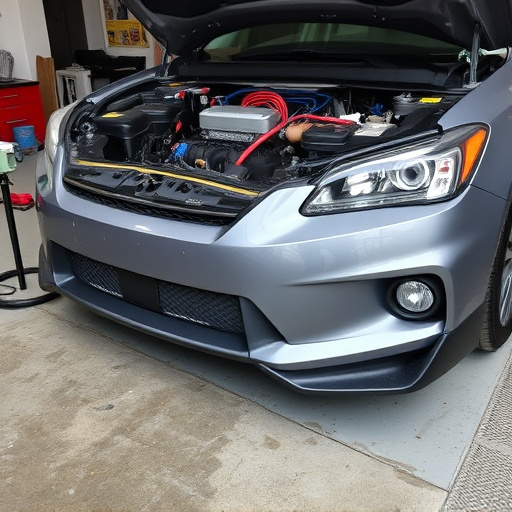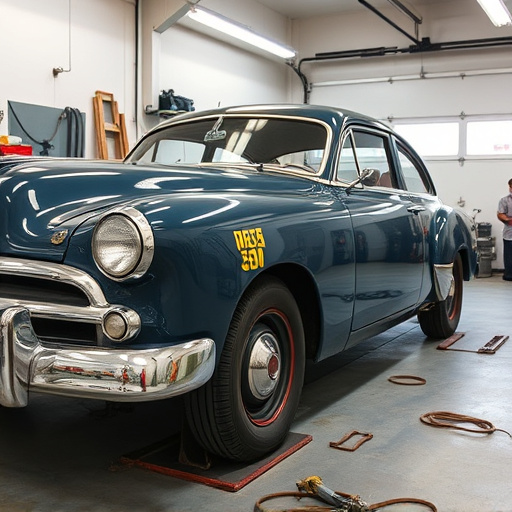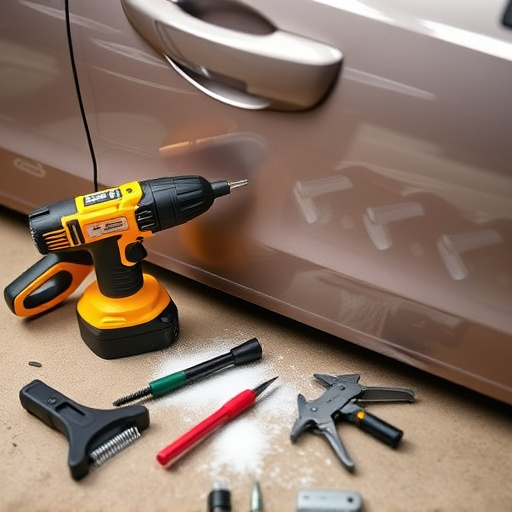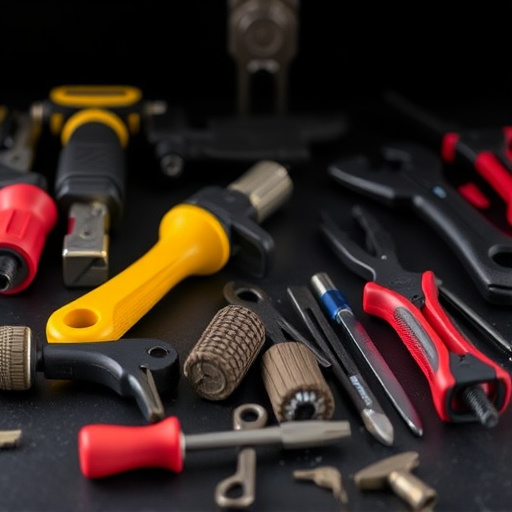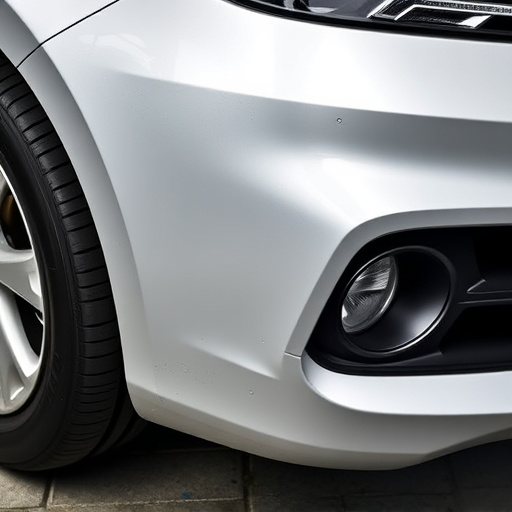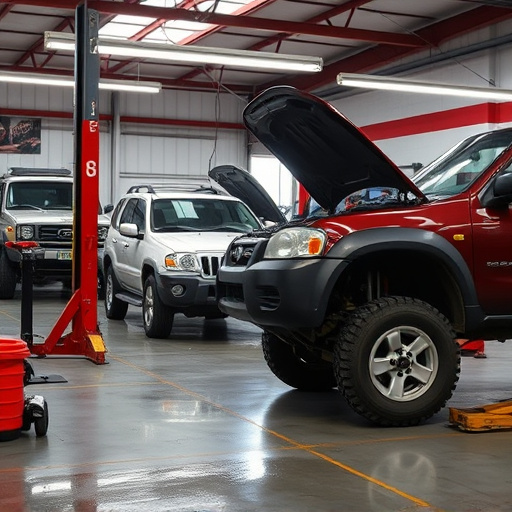Post-accident repair is a comprehensive process that combines structural, aesthetic, and safety considerations to restore vehicles to their pre-incident condition. Understanding insurance coverage for collision damage, auto glass replacement, deductibles, and exclusions is crucial for making informed decisions during repairs. The claims process begins with promptly notifying your insurer, gathering relevant information from the other party, and communicating preferred repair methods. You have the right to choose a reputable repair facility for high-quality service tailored to your vehicle type.
In the aftermath of an accident, post-accident repair plays a crucial role in restoring vehicles to their pre-collision condition. This essential process ensures safety and peace of mind for drivers. However, understanding insurance coverage for these repairs can be complex. This article guides you through the intricacies of post-accident repair, focusing on key terms, conditions, and a step-by-step claims process. By delving into these aspects, we aim to empower individuals to navigate the repairs efficiently and secure appropriate compensation.
- What is Post-Accident Repair and Why is it Necessary?
- Understanding Insurance Coverage for Post-Accident Repairs: Key Terms and Conditions
- Navigating the Claims Process: Steps to Ensure Efficient Post-Accident Repair Compensation
What is Post-Accident Repair and Why is it Necessary?
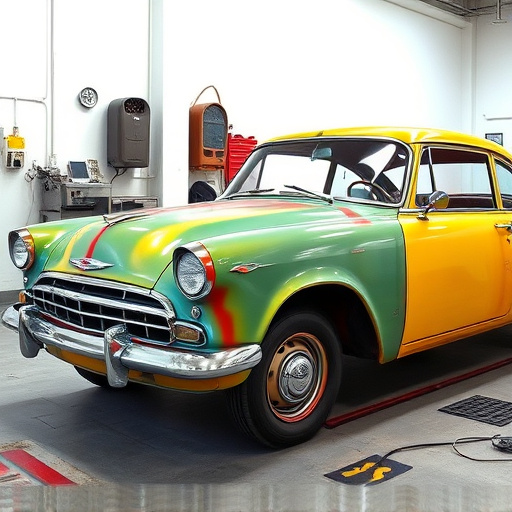
Post-accident repair refers to the process of restoring a vehicle to its pre-accident condition after a collision or damage incident. It involves a range of services, from fixing structural damage and replacing parts like auto glass to meticulous paintless dent repair, ensuring the vehicle not only drives safely but also looks as good as new. This type of repair is necessary for several reasons. Firstly, it guarantees that the vehicle meets safety standards, making it roadworthy again. Secondly, it preserves the vehicle’s resale value by maintaining its aesthetic appeal. In many cases, a post-accident repair can help drivers avoid the financial burden of purchasing a new car and enjoy their current one for longer.
Moreover, the need for post-accident repair extends beyond the technical aspects to emotional well-being. For many individuals, a vehicle is more than just a mode of transportation; it represents independence, freedom, and personal expression. Restoring a damaged car after an accident can be therapeutic, symbolizing resilience and a fresh start. Thus, besides ensuring proper functioning and safety, post-accident repair plays a significant role in restoring peace of mind for drivers who have experienced vehicular damage.
Understanding Insurance Coverage for Post-Accident Repairs: Key Terms and Conditions
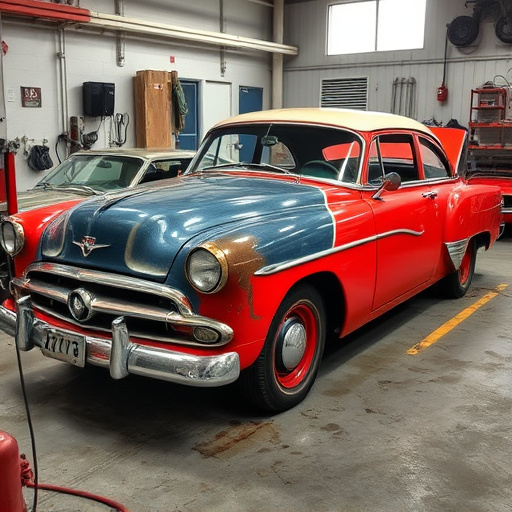
When it comes to post-accident repairs, understanding your insurance coverage is crucial. Policyholders should familiarize themselves with key terms and conditions outlined in their insurance policies, as these significantly impact the repair process. Terms like “collision damage repair” refer to fixes for accidents involving moving vehicles, while “auto glass replacement” covers damages to windows and windshields.
Insureds must also be aware of deductibles—the amount they need to pay out-of-pocket before insurance kicks in—and any limitations or exclusions stated in the policy. Knowing these details enables effective decision-making during post-accident repair, ensuring that repairs are covered appropriately and within the scope of their insurance benefits.
Navigating the Claims Process: Steps to Ensure Efficient Post-Accident Repair Compensation

Navigating the claims process after an accident can be stressful, but understanding your insurance coverage for post-accident repair is key to ensuring efficient compensation and a swift return to the road. The first step is to notify your insurance provider as soon as possible following the incident. Be prepared to provide them with essential details such as the date, time, location, and circumstances of the accident. Next, gather all necessary information from the other party involved, including their insurance details and a record of any injuries sustained.
Once you’ve reported the claim, your insurance company will assign an adjuster who will review the situation. They will assess the extent of damage to your vehicle, which may involve an inspection by a professional appraiser. For extensive repairs like automotive body work or even paintless dent repair, communicate clearly with your adjuster about your preferred method of repair. Remember, you have the right to choose the repair facility, so choose one that offers high-quality service and is experienced in handling your specific type of vehicle.
Understanding insurance coverage for post-accident repairs is crucial for ensuring efficient compensation after a collision. By familiarizing yourself with key terms and conditions, navigating the claims process effectively, and knowing your rights, you can facilitate a smoother transition towards restoring your vehicle to its pre-accident condition. Remember that proactive measures and clear communication with insurers are essential steps in securing the necessary funds for timely post-accident repairs.

